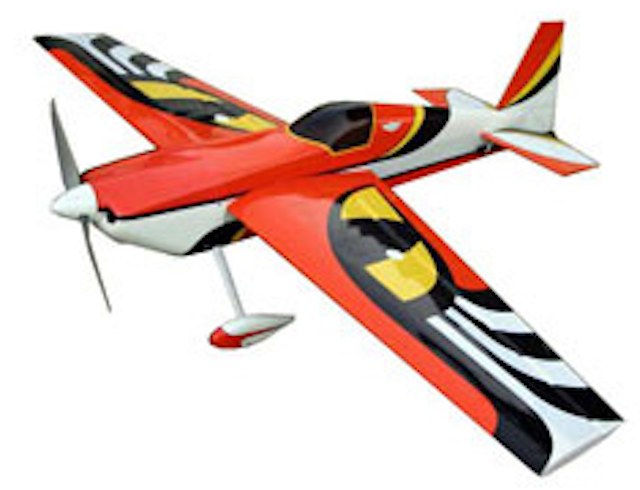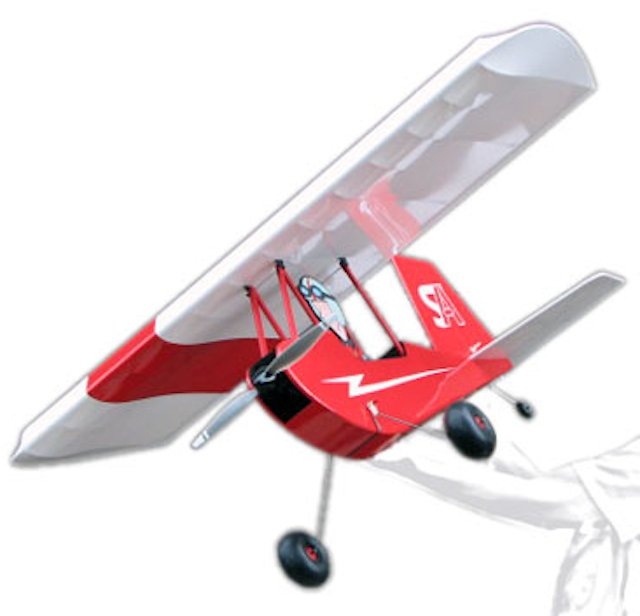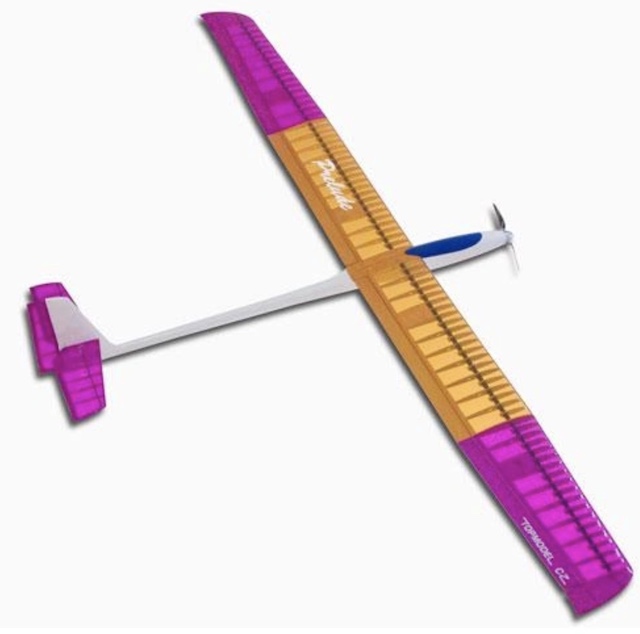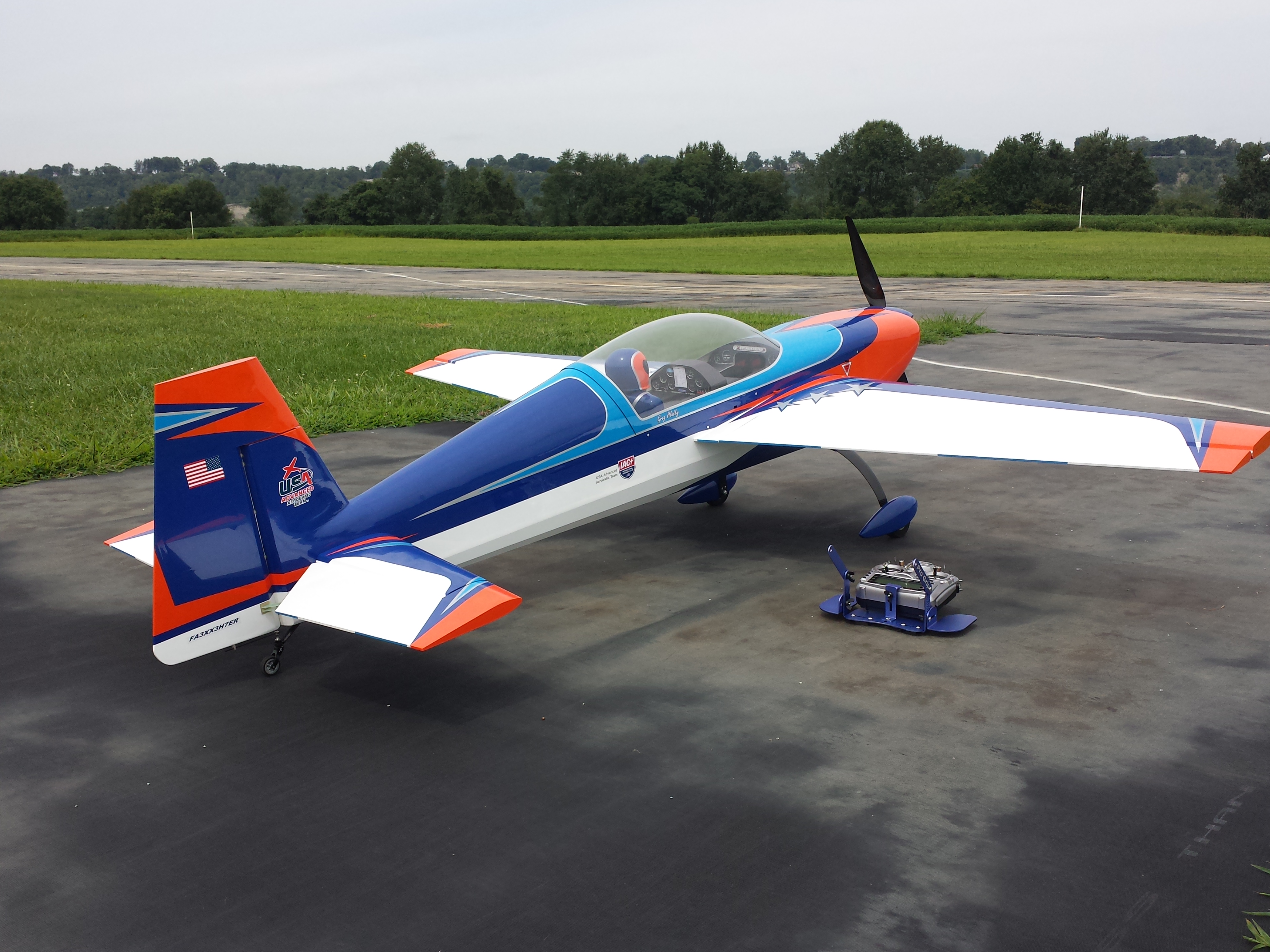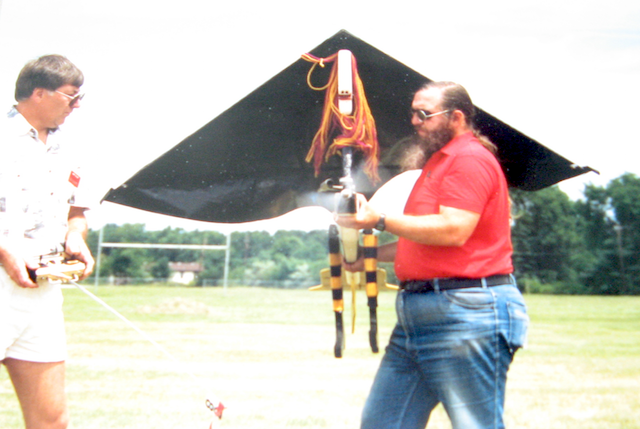 |
Flying High With Electric Power!
The Ampeer ON-LINE!
Fly the Future - Fly Electric! |
|---|
Site Table of Contents
| President: | Vice-President: | Secretary-Treasurer: |
| Ken Myers | Keith Shaw | Rick Sawicki |
| 1911 Bradshaw Ct. | 2756 Elmwood | 5089 Ledgewood Ct. W. |
| Commerce Twp., MI 48390 | Ann Arbor, MI 48104 | Commerce Twp., MI 48382 |
| (248) 669-8124 | (734) 973-6309 | (248) 685-7056 |
 | ||
| Board of Directors: | Board of Directors: | Ampeer Editor |
| David Stacer | Arthur Deane | Ken Myers |
| PO Box 75313 | 21690 Bedford Dr. | 1911 Bradshaw Ct. |
| Salem, MI 48175 | Northville, MI 48167 | Commerce Twp., MI 48390 |
| (313) 318-3288 | (248) 348-2058 | (248) 669-8124 |
| Upcoming EFO Meeting: Wednesday, Feb. 9, 2022 Time: 7:30 p.m.
Place: Zoom | ||
| Never Say "Never"! Ken Myers sets up a quiz for this month. | It's Probably Not a Good Idea to Use the Word "ALL" Ken discusses why using the word "all" is generally not a good idea for a writer. |
| A Better Set of Dynam Building Instructions for the PT-17 and WACO Gary Gullikson shares his modifications and hints when building these two planes. | Bad Cell Question L. David Martin asks why not just remove a bad cell and continue to use the pack in a different application. |
| Electric Flight Prop Safety, Again Vic Madison relates another prop strike story and asks about throttle cuts/throttle locks. | Flightline Hobby Update Denny Sumner shares info about this local hobby shop. |
| Reminder: Time for a Workshop Clean-Up! Keith Shaw shares a good idea for this time of year. | David Hipperson's Version Bill Winter's Heron David shares photos and information on this very nice model. |
| Flying Some "BIG" Ones in Competition Gregory F. Hladky tells us about flying IMAC against the big gas gus and how well he's doing. | Electric Flight Basics Don Skiff tells about reentering the hobby after a long layoff. |
| Keith and the Flying Witch Barry Killick shares a photo of Keith in his younger days. | Telemetry For Power System Batteries Burkhard Erdlenbruch shares his thoughts on power battery telemetry and his find of an onboard battery voltage checker that doubles as a lost plane beeper. |
| The Complete Ampeer Index Ken Myers notes that a lot of work has been done on this index of Ampeer newsletter going back to March of 1988. | Another Quiz Hint Ken Myers suggest downloading the Conversions.xls spreadsheeet to help figure out the answer to the quiz in this issue. |
| Skymasters Indoor Flying 2021/2022 Skymasters' president, Pete Foss, fills us in on the indoor flying season in Pontiac, with some updated notes by Ken. | Indoor Flying at the Legacy Center in Brighton, MI Indoor Flying Announcement in Brighton, MI! |
By Ken Myers After publishing the January 2022 Ampeer, I received several emails and comments regarding my article titled "'Thinking' About Fixed Wing Aircraft Models and Your Brain". In that article I noted, "I hear from many of you that my articles containing math seem to indicate that I have a very strong mathematical background. That is NOT true! Teaching 5th grade, for over 30 years, does not require the mathematical ability, or thinking, of a rocket scientist! My goal is to simplify the math so that the vast majority of people, reading my writings, can understand what I am trying to demonstrate." I received an email from Bob and he said, "Your Fifth grade teacher resume belies your penchant for mathematics. I read with interest your dissertation on ... "Wing Loading" ... I'm hoping there is no pop quiz?" When I wrote back to Bob I said, "Nope, never any quizzes." Well, that's not true now! Dang! I do have a quiz for you this month. That just figures, right? There are a dozen planes shown in the following table. All except one have the URL where they can be found, so you'll have to do a little research. Hey, it's winter and you probably need a break from building! At first glance there does not seem to be much that is similar about them, but they do share a "range" of data points, used by many modelers, for comparing models to each other. You did notice the word "range". That is the big clue. Data for the Lockheed T-33 (foam-plans), appeared in Park Pilot, Fall 2020, p. 30 and the Retro RC Chicken Hawk was in the February 2021 Model Aviation, p. 43. T-33 Data:
Chicken Hawk Data:
The quiz question: What range of data do all 12 planes share?
It's Probably Not a Good Idea to Use the Word "ALL"
In the same "Thinking" article, that was previously mentioned, I wavered on using the word all in the following sentence. "All of the various types of scientists in the world use the SI system, no matter where they live." I received the following email regarding that statement. Hi Ken, Great article -- extremely well written -- as usual. "But there is one statement that you make that I have trouble with though, and it is "...ALL of the various types of scientists in the world use the SI system...". My problem with that statement is that I had to stop using it in my research for my US Patent 5,146,395 awarded in 1992. I had to stop using it because using it contains the assumption that "time" is included when a calculation for either resistance, amperage movement, or voltage potential are calculated using the three entity formula P = I x E. My patent was the first awarded by the US Government for an over-unity power supply, and although it is true that the term "over-unity" was not included or implied in the application, a careful reading and subsequent graphing of the information contained in the ABSTRACT specifically describes that condition. Other over-unity patents have been awarded since then. The reason that I am bringing this up to you is this;
Incidentally, it has also been established that the improved and updated power supply technology can be down-sized to current battery sizes -- which would mean "flyin' it until you got tired and decided to bring it down" -- no more limited flight times. Again, your January piece is, as usual, exceptionally well written and researched -- great reading. There is also a really well written and informative article by Mike Freeman in the October issue of the British magazine "RCME" -- renamed "R/C Model Aeroplane" here in the US --- explaining Reynolds Numbers as can be used in designing model airplanes and gliders. As a pilot and a modeler, I found it very interesting and informative, because I had found in the past that Reynolds Numbers were said to not being really applicable for model aircraft because "...there was no 'model sized air' for models to fly in..." (paraphrase). "It would be interesting reading to see what Keith Shaw might have to say about the article if you might suggest it to him. Scott McKie I replied, "I was sure that "all" statement was going to get me into trouble, as I am quite aware of "all" statements, but I could not think of exceptions, but now I have one. ;-)" A Better Set of Dynam Building Instructions for the PT-17 and WACO
Hi Ken, Thanks for this month's Ampeer (Jan. 2022 KM). How about an article about deciphering Dynam instructions and building the models? I am "building", not just assembling, one of the last currently available Dynam yellow NAVY P-17's from Grayson's Hobby. This model and the Dynam WACO bipe are great flying models. The PT-17 rolls slower only having ailerons in the bottom wing. Here are some tips: Check the dummy radial engine/nose assembly for loose weights and security of hot glue joints. This assembly is held to fuselage with magnets, which is not very secure. I suggest that you lightly glue the assembly to the fuselage with Foam-Tac or another method. It is easy to separate with an X-Acto if needed later. Don't glue the top of the landing gear fairings to the fuselage, just use hot glue to glue the fairings to the landing gear legs only. Use metallic elastic cord for wing rigging "wires", as the metal wires in the kit do not install "taut". I make a small loop in the ends of the elastic cord and use aluminum tubing for "crimps". I clip and reuse the fittings from the supplied rigging wire and make small S-hooks to attach to the fittings at the wing strut attach points. I expect to replace the elastic cord once per year as the elastic eventually goes slack. Don't glue the bottom wing or tail feathers to the fuselage. Screws will hold things securely and can be removed for replacement if needed. My steerable tail wheel leg was too thick and too long to insert into built-in metal and plastic fitting. I tried to drill a larger hole in the metal part of the fitting. The metal got hot and melted the plastic fitting and would not rotate. I wound up having to do surgery on the foam tail to get access and repair the fitting. The tiny plastic arm was not attached to the top of the rotating metal part, I fixed that. It might have been easier to make a new tail wheel leg and wheel that fit the hole in the tail wheel fitting. I am painting details on the dummy radial engine, and painting bare metal wing struts and wheel hubs to match the yellow model. There are a number of You Tube videos on how to "build/assemble" and fly this and other Dynam models. Maybe Dynam will eventually hire English-speaking instruction writers who have modeling experience. Gary Gullikson, "E-Challenged" on RC Groups
Bad Cell Question
Curious, why modelers don't dissect a pack with a bad cell to remove it and repurpose the pack for 2S use if a 3S pack originally or for other power uses? Is the small circuit board a limiting issue or complexity of dissection or repurposed pack use? My Reply Hi David, "The vast majority of LiPo batteries have no circuit board in them. Most folks don't want the hassle, and possible danger, associated with taking a pack apart, especially now that they are so cheap for the most commonly used sizes. Later, Ken I should have said, the vast majority of LiPo batteries, used for electric flight power systems, have no circuit boards in them. Ampeer readers, have I missed something, again? Electric Flight Prop Safety, Again
Hello Ken, I just had a member get his fingers cut badly by the prop on his electric model plane. He normally flies gas powered planes with an ignition kill switch. However, he does not use anything on his electric models. He had the model on the flight stand and plugged in the LiPo. A gust of wind shifted his model. When he went to grab the model, he bumped the throttle stick to full throttle and the prop cut his finger. I would venture to say that most of our members do not use an arming plug or throttle kill switch on their electric models. I use the FRSKY Taranis Transmitter and have programmed a throttle kill switch on all of my electric models. The switch overrides the throttle channel and sets it to -100%. With the switch activated, the throttle stick has no control of the motor. I activate the kill switch whenever the model is being prepared to fly and after a flight. I leave the switch in the kill position until the model is positioned on the ground and ready to fly. I would like to post an article in our club newsletter that addresses throttle kill (disable) for electric models. Have you addressed this in your newsletters? Can you point me to any discussions on this topic? Thanks,
PS: I attached the article I put in my newsletter. By Victor Madison Many of our members have recently purchased electric powered airplanes. There are a few items that must brought to attention regarding safe handling of electric powered models. Here are a few safety items to consider. 1. LiPo battery safety: Most modelers use LIPO batteries for electric power. These batteries should only be discharged down to 3.6 - 3.8 volts per cell. The batteries can be damaged if discharged to less than 3.3 volts per cell. Therefore, the pilot must establish some method to prevent low battery discharge (set a flight timer, use electronic telemetry, fly short duration flights etc.). 2. Once the motor battery is connected to the ESC, the model is LIVE. At this time, any movement of the throttle stick will cause the propeller to turn. If you accidentally bump the throttle stick, the motor will turn the prop. 3. Keep your hands and fingers away from the propeller after the LiPo has been connected to the ESC. VERY IMPORTANT: Some safety method should be established to DISARM the throttle stick until you are ready to fly the model. Here are a few methods: Electronic Kill Switch: Most modern radio/transmitters have the ability to setup one of the transmitter switches as a KILL SWITCH. This is similar to the ignition kill switch used for gas powered models. All transmitter brands will vary regarding 'how' to program it, so whip out the manual and review (but it's not difficult). Use an Arming Plug: An arming plug disconnects the power from the LiPo to the ESC. The motor is disarmed until the plug is inserted. It is mounted in a convenient location on the outside of the model. This allows you to connect the LiPo and close the battery hatch/canopy without arming the motor. Arming Plugs can be purchased from most on-line hobby stores. To start flying, connect the LiPo to the ESC, turn on the transmitter, then plug in the arming plug when you are ready to fly. Mechanical Restraint: I have seen some modelers connect a rubber band to the throttle stick to hold it in the cutoff position. This would be my least recommended method to disarm the throttle stick. Thanks Vic. I pointed Vic to the article "A Safety Warning You've Heard MANY TIMES BEFORE!" in the July 2021 issue of the Ampeer, as I believe it answers the last two questions of his email. Flightline Hobby Update
Ken, I saw this post from John Hoover this morning and thought you would like to know. Good morning hobby friends. Flightline's lease ends this year. I do not plan on renewing. Loretta (mall liaison) was nice enough to give us month-to-month for as long as we need. My main focus now is the holiday season. Next year we may have a new owner or close up shop at some point. My new 100 watt 1630 laser and other opportunities will keep me busy, just not in the retail side of the Hobby. I wanted to send a note to you and thank you for your friendship and business over the years and let you know what is down the road. Tracie and I hope you have an awesome holiday season! Good flights! Best Regards,
Reminder: Time for a Workshop Clean-Up!
I recently received the following from Keith and thought it might be a good idea to pass this on to you for your consideration. KM Finally finished a MONUMENTAL reorganization of the basement in order to consolidate all the house tools and repair supplies that have been spread all over the basement. I cleared out an area by removing an old well pump and ballast tank, then bought a very heavy duty shelving unit, 2'x4'x6' with five shelves. All the tools and supplies now are next to my basement workbench.  I build my models in a 9'x9' second bedroom, but the big tools (bandsaw, jigsaw, drill press, lathe, belt sander and grinder) stay in the basement. I could easily spend another month cleaning out the rest of the basement, but I hear the building board calling... Keith
David Hipperson's Version Bill Winter's Heron
Dear Ken Another brief contact from down under. First, hope you and your family have a happy Christmas and a great New Year. It took too long but I built Bill Winters Heron after having constructed a Le Crate some years ago. Well there was nothing difficult but flying may be more of a problem as where I now live on the Bellerine Peninsula (2 hours from Melbourne) the wind blows almost all the time and is quite strong off the southern sea. 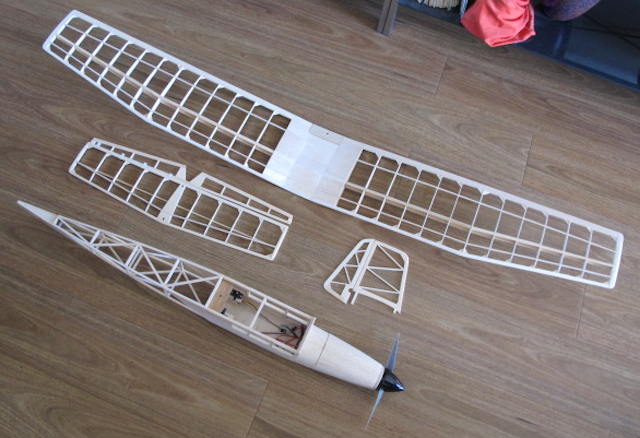
The build was fun but of necessity had to be very different to Bill's set up. No geared brushed motor and no NiCads. So a Hacker A30 -28S being light was chosen because of the long nose. A lightweight Multiplex spinner from a Cularis gave the appropriate size again with minimal weight. She can either fly off 2S or 3S as the all up weight came in at 730 grams. Solarfilm White with some old Econokote orange translucent for the wings and tail. I did the cockpit area just a little Bellanca like in the windscreen area. She has been flown but I've still got to sort out the balance which can be done (I think) just by battery movement. At the moment I have it just a little too much nose heavy which is positive for the maiden but for gliding I'll shift it back a tad. Take Care,
Flying Some "BIG" Ones in Competition
Hello, I've enjoyed reading some of your articles over the years and appreciate your contribution to RC electric flight. I've been an electric only flyer since 1998, after getting started in the hobby in 1980, flying slope planes off the Southern California coast. While the majority of planes at the clubs I fly at are small electrics (600 Watts in or less for propeller driven, or 2,000 Watts in for EDFs) the majority of large scale planes (25% and up) have been gas powered. In IMAC, where I competed, over the past five years, I was often the only electric flyer. All three of the giant scale planes I competed with were electric, from 30% to 35% scale and 5 kW motors. I still managed to win many contests, and several regional championships, even when competing against 43% scale giants with 200 cc gas engines and lots of power and flight time to spare. Anyway, I thought you might enjoy reading about my last big electric project, a 35% Extra 300, which met all the goals I set to be competitive in IMAC. The plane was recently featured in Viewfinder in the October issue of Model Aviation. I found eCalc was very accurate in predicting the performance I could expect from the plane and was very happy with the results. After investing a year and a half in the project (not much work done during flying season ;-) ), and more money than I care to admit, I only got about 220 flights on her before some unknown anomaly occurred and the airframe was totaled in a rather spectacular crash. I' ve been back to flying my electric 30% Extra, one of my all time favorites with over 700 flights, and still flying on the original Glacier 30C LiPo batteries! (Used in half of the flights, close to 350 cycles.) Best regards,
Electric Flight Basics
Ken, It's been about twenty years since I've flown an RC airplane, but I remember the many club meetings at your home and at a couple of fields, and your helpful Ampeers that I did read regularly. Last fall I decided that I had to do it at least one more time, so I bought a kit of the De Haviland Moth and have been occupied ever since trying to get it flyable. Of course, a lot has changed since I last had my thumbs on the sticks, both in the technology and in my aging body. A neighbor of mine here in South Lyon has been helping me through the building process and (hopefully) through my relearning to fly. You may remember that he and I showed up as spectators at the Mid-America Electric Fly a couple of months ago. It was good to see you and Keith again. The reason for this email is to acknowledge and thank you for all the helpful information you still crank out in the Ampeer. I'm currently studying your Electric Flight Basics from 2018, and I hope I can absorb enough to get my new model safely into the air before it gets too cold to fly. (I'm 92, and there are a lot of personal "ifs" involved before next year's flying season.) I should have chosen a simpler model this time. Anyway, I'll try to attend your meetings and re-engage with you and other flyers. What are your dues for membership? I have restored my AMA membership, although I haven't received any copies of Model Aviation yet. Again, thank you for still being there. Don Skiff Keith and the Flying Witch
Ken, This might bring back memories of 25/30 years ago for your friend Keith - no grey hair to be seen! I have a picture of Keith launching the Witch, hair streaming behind him but I cannot locate though. A good Ampeer posting!? (Dec. 2021 KM) Regards,
Telemetry For Power System Batteries
Hi Ken It's nice that you featured my email in the Ampeer newsletter (Jan. 2022 KM). That reminded me of something - I just can't get batteries and telemetry to protect them out of my head. I had put a revised and extended edition of the Dec. 2018 Ampeer article on my website (together with more articles about telemetry). During the Covid-19 lockdown last spring, I thought about this topic again and managed to develop a simple telemetry concept for low-to medium as well as high-performance LiPo applications - at least I think so. The only drawback is that it requires a cell voltage sensor set to 3.5V warning level and the Multiplex sensors I'm using go up to only 3.4V, so I can't check the concept with my gear. My reasoning is summarized in a post-postscript to the 2018 article. The point is that in high-performance applications (high C-rates, about 6C to 8C) a cell voltage sensor (set to 3.5V) might be better and even more convenient than the throttle timer. For what it's worth... Wish you a happy and healthy new year with a lot of great flights! Burkhard Hi Ken, Just a follow-up because I unexpectedly, but coincidentally, came across something: Multiplex, whose voltage sensor can't be set to 3.5V warning level, brought out a new device - a Lithium Battery Checker (Google Translator should work) that is meant to be in the model during flight. It has a movement sensor like a smartphone and if the model isn't moving for one minute (for instance because it crashed into a corn field) it will beep so it's a model finder. And it will beep and light some LEDs to warn if a certain cell voltage level is underrun, default is - guess what - 3.5V. The device isn't really cheap but after all it has a microprocessor, display, voltage sensors, movement sensor, a beeper, and LEDs built in. At first glance, it seems to be a good idea to me. Again for what it's worth. Burkhard The Complete Ampeer Index
When I send out the monthly email notice notifying you that the current Ampeer has been posted, I also note that there is a Complete Ampeer Index available. I don't know how many of you have ever looked at it. If you did, you may have noticed that some some years were missing completely. I just spent an intensive two weeks scanning the missing issues and organizing the index. I can now say that it is truly the Complete Ampeer Index. The index page still needs a lot of organization, but the issues, and listing of what is in them, is much more complete. While doing all this work, I noticed that, in many instances, I said something like, "The People and Planes at the (name of month) meeting." There is so much electric flight history available, starting in March 1988, that I really need to take the time to get a bit more specific with the people involved in this great segment of the hobby. I will continue to update the index page as time permits. Here is the index for the March 1988 issue of the Ampeer. You'll note that it was not called the Ampeer at that time. The name, "The Wolf's Call" was used as the proposed name of thee club was the West Oakland 'lectric Fliers, or W.O.L.F, but that name was not adopted and the EFO was born. The links are active, just click to read the article. Gotta love dot matrix printers.
I hope you've taken time to try the quiz and see the point that I was trying to make with those 12 planes. Maybe you said to yourself, "He's gone off the deep end asking me to do so much work." You might want to use the Conversions.xls spreadsheet noted in the January 2022 Ampeer. It will be very helpful and make quick work of the quiz. The results of your findings will be discussed in up coming issues! Skymasters Indoor Flying starting October 20 through April 13, 2022
HELLO INDOOR FLIERS! We're back for Indoor Flying starting October 20th! I'm very happy to announce that through the efforts of Fred Engleman and Paul Goelz we have an agreement with Reimagine Recreation to fly on Wednesdays at United Wholesale Mortgage Sports Complex (formerly Ultimate Soccer). It was a bit of a struggle dealing with the new owners of the facility and I would really like to thank Fred and Paul for stepping up and pushing us to the finish line! There are some differences beyond the fact that we will be flying on field 4 (the one in the back) since field 3, where we used to fly, is now a basketball and volleyball arena. Everyone who enters the building for any reason during our time slot MUST SIGN A LIABILITY WAIVER. It would be helpful if you print a copy, sign and bring to your first flying session but we will have printed waivers on hand too. Park out back by field 4. You will not be allowed to enter the front door. To simplify this year, we went with only Gold (season pass) cards for $150 and single sessions at $10 each. Also, since ReImagine charges Skymasters for each and every pilot who flies, youths and spouses are no longer free. Here is a direct link to register and purchase a Gold Card or print out a registration form for your first single session. Hope to see many of you on the 20th, or before, at the Night Fly and Free Tailgate Swap at Skymasters' Field. Indoor Flying - Wednesday, October 20, 2021 - UWM Sports Complex, 837 South Blvd, Pontiac, MI
Contact: Fred Engleman
Updated Information 11/01/21: FYI - For those of you who want to park a little closer, we found out that the early morning Wednesday, UWM Training Sessions let out at 10 and the parking lot empties out quickly making more room for us closer to entrance of Field #4.
11/10/21: It seemed to work well that pilots who arrived few minutes after 10 were able to park closer to entrance for Field #4.
Indoor Flying at the Legacy Center in Brighton, MI Indoor flying takes place from November 3rd, 2021 until March 30th, 2022 at the Legacy Center Sports Complex, 9299 Goble Dr., Brighton, MI 48116, phone: 810.231.9288, on Wednesdays from 12:30 PM until 2:30 PM.
To Reach Ken Myers, you can land mail to the address at the top of the page. My E-mail address is: KMyersEFO@theampeer.org | ||||||||||||||||||||||||||||||||||||||
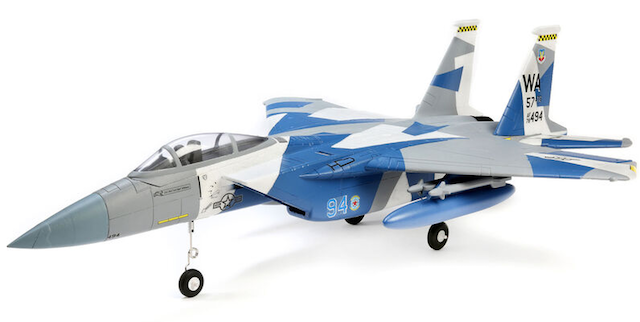
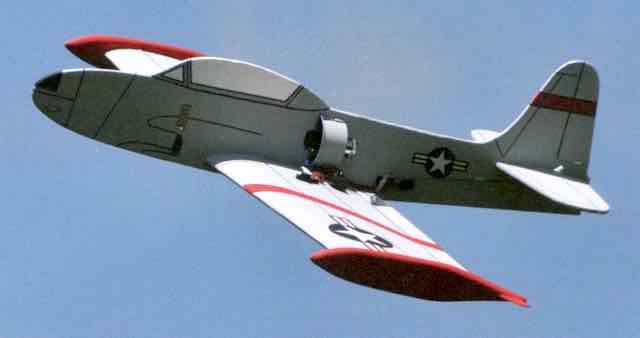
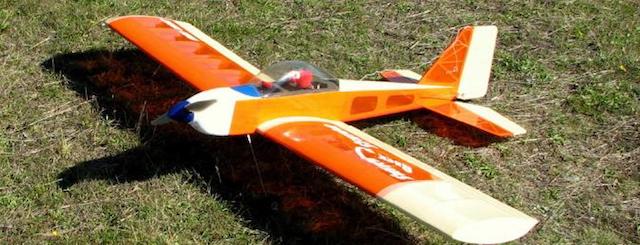
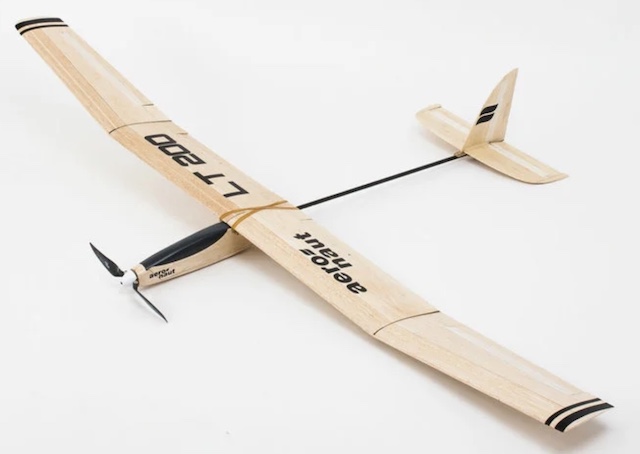
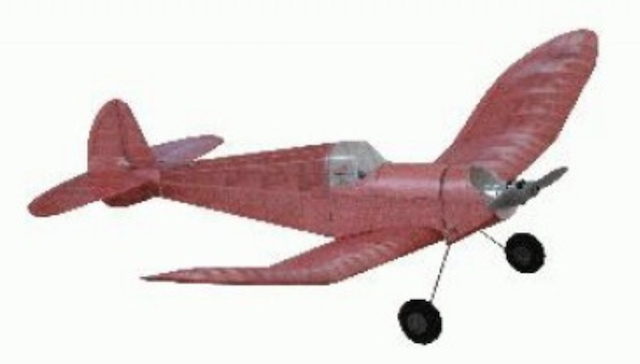
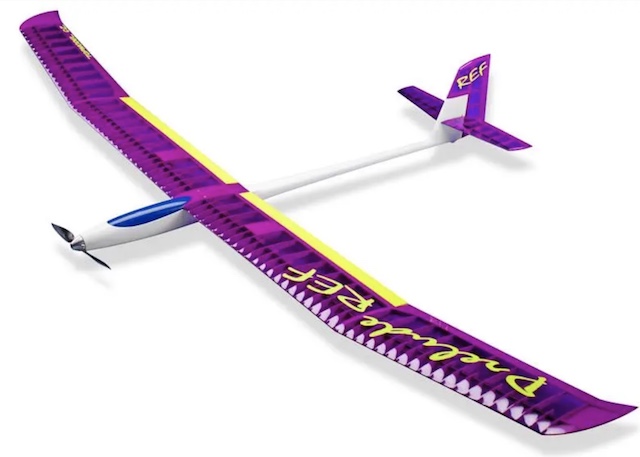
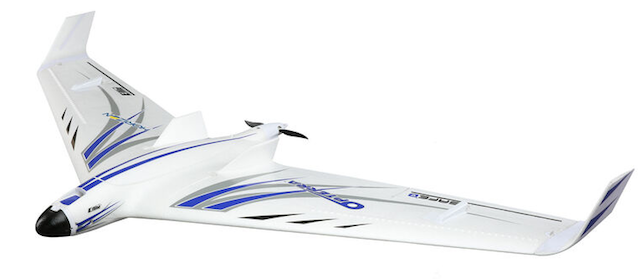
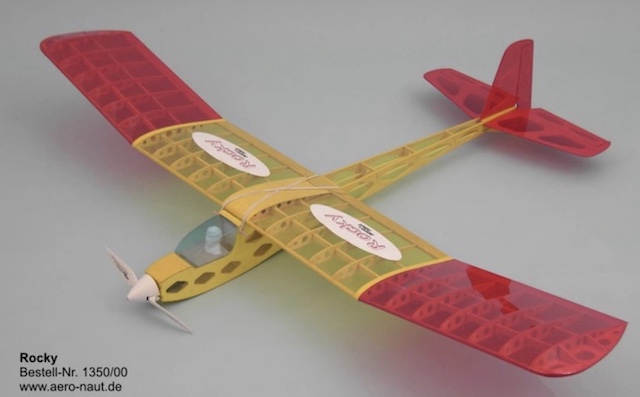
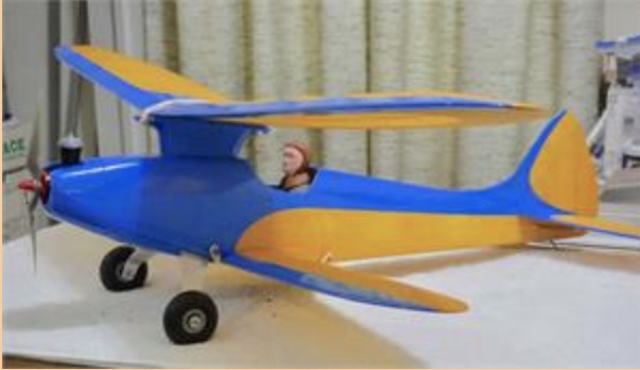 Retro RC Chicken Hawk
Retro RC Chicken Hawk
